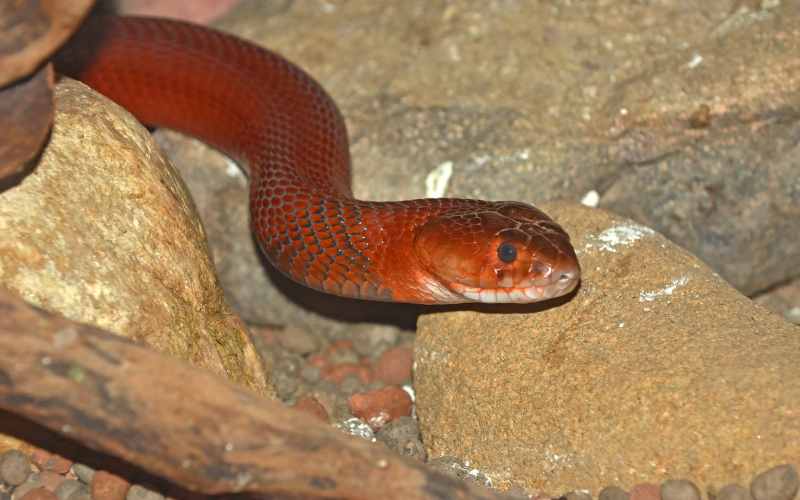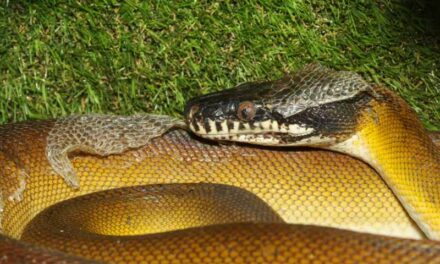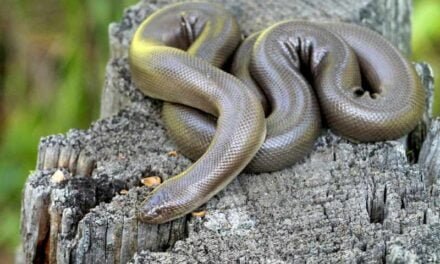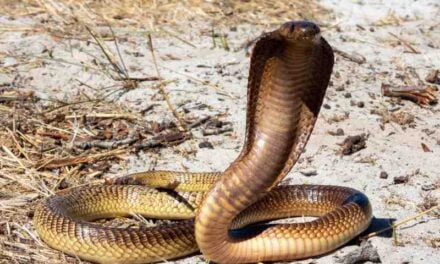The red spitting cobra, scientifically known as Naja pallida, is a highly venomous snake found in parts of Africa. Recognized for its distinctive red coloration and its ability to “spit” venom at potential threats, this snake can pose a significant danger to humans when provoked. Understanding the symptoms, treatment, and prevention of red spitting cobra bites is crucial for anyone residing in or visiting regions where these snakes are prevalent.
Symptoms of Red Spitting Cobra Bites:
When a red spitting cobra bites, the venom injected into the victim’s bloodstream can lead to a range of symptoms, which can vary in severity depending on factors such as the amount of venom injected, the location of the bite, and the victim’s overall health. Common symptoms include:
- Local Effects: Swelling, pain, and redness around the bite site are typical local effects. The pain can be excruciating and may spread to nearby areas.
- Systemic Symptoms: Victims may experience systemic symptoms, such as nausea, vomiting, sweating, and an increased heart rate. These symptoms can progress to more severe manifestations if left untreated.
- Neurological Effects: Neurotoxic venom components can lead to paralysis, difficulty in swallowing or breathing, and even respiratory failure in severe cases.
- Hemorrhage: Some victims may experience bleeding disorders, leading to uncontrolled bleeding from the gums, nose, or other parts of the body.
Treatment of Red Spitting Cobra Bites:
If someone is bitten by a red spitting cobra, seeking immediate medical attention is paramount. Here are the essential steps for treating red spitting cobra bites:
- Stay Calm: Encourage the victim to remain as calm and immobile as possible. Panic can exacerbate the effects of the venom.
- Immobilization: The affected limb should be immobilized to prevent the spread of venom. Avoid any constricting bands or tourniquets as they can worsen tissue damage.
- Wash the Bite Site: Cleaning the wound with soap and water can help reduce the risk of infection.
- Seek Medical Help: Transport the victim to the nearest medical facility as quickly as possible. Antivenom is the most effective treatment for red spitting cobra bites, and it should be administered by healthcare professionals.
- Pain Management: Pain can be managed with appropriate analgesics as prescribed by a healthcare provider.
- Supportive Care: In severe cases, victims may require ventilatory support, blood transfusions, and other supportive care measures to address complications.
Prevention of Red Spitting Cobra Bites:
Preventing snakebites is the most effective way to deal with the dangers posed by red spitting cobras. Here are some preventative measures:
- Awareness: Knowledge about the presence of red spitting cobras in the area is essential. Understanding their habitats and behavior can help avoid encounters.
- Protective Clothing: When walking in areas where these snakes are found, wearing long pants and boots can provide a physical barrier against potential bites.
- Caution: Be cautious when reaching into dark or concealed areas, as snakes may be hiding in such places.
- No Provocation: Do not provoke or attempt to handle these snakes. Their ability to spit venom is a defense mechanism, and disturbing them can lead to an aggressive response.
- Keep a Safe Distance: Maintain a safe distance from any snake encountered in the wild. Do not approach them, and give them space to move away.
- Home Safety: Ensure that homes in snake-prone areas are snake-proofed. This can include sealing gaps and holes that snakes might use for entry.
- Children and Pets: Teach children about the dangers of snakes and the importance of not approaching them. Keep pets under control and supervise them in snake-prone areas.
In regions where red spitting cobras are present, education and awareness about snakebite prevention and appropriate first aid are vital. Communities and individuals must be prepared to respond effectively if a snakebite occurs.





